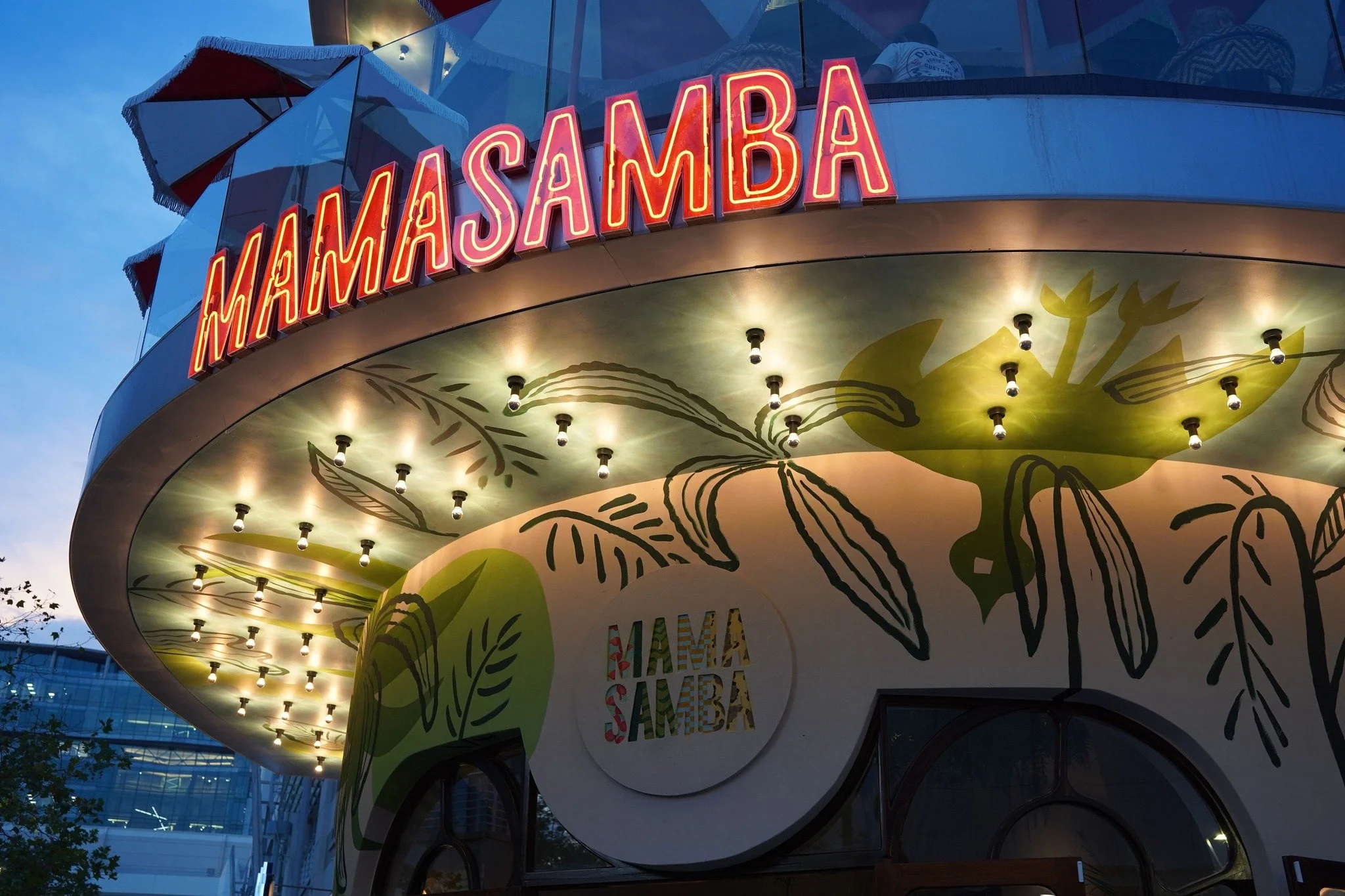Mama Samba: Origins, Culture, and Influence

Mama samba is more than just a phrase—it’s a cultural symbol that evokes rhythm, movement, and tradition. Rooted in the vibrant Afro-Brazilian heritage, it represents a blend of music, dance, and communal expression that has transcended generations. From the streets of Rio de Janeiro to global stages, mama samba carries the energy of carnival parades, the syncopated beats of percussion, and the graceful storytelling of dancers.
In essence, mama samba embodies a living history, one that connects African rhythms brought over during the colonial era with modern Brazilian artistry. Over time, it has become not just a form of entertainment but also a powerful medium for identity, resistance, and unity. Whether you encounter it as a musical style, a dance performance, or even as a thematic inspiration for festivals, mama samba continues to inspire and engage audiences worldwide.
This article dives deep into the origins, cultural significance, evolution, and modern-day presence of mama samba, exploring why it remains one of the most cherished elements of Brazilian and global culture.
The Origins of Mama Samba
African Roots and the Birth of Samba
The roots of mama samba trace back to the African diaspora in Brazil, particularly to enslaved people brought from Angola and other regions of West and Central Africa. These communities carried rich traditions of drumming, chanting, and circular dance forms. Over time, these elements merged with indigenous Brazilian and Portuguese influences, giving rise to samba.
Mama samba, in particular, is believed to be a local or affectionate term used to personify the “mother” of samba—symbolizing the origins, nurturing, and preservation of the art form.
The Role of Afro-Brazilian Communities
In the late 19th and early 20th centuries, samba became closely associated with Rio’s working-class neighborhoods known as favelas. Afro-Brazilian women, often referred to as the “mothers” of samba schools, played crucial roles in organizing rehearsals, designing costumes, and preserving traditions. The phrase mama samba could be interpreted as a tribute to these women, acknowledging their role as cultural guardians.
Cultural Significance of Mama Samba
A Symbol of Resilience and Identity
Mama samba represents more than music—it’s an identity marker for Afro-Brazilian culture. In times when African heritage faced suppression, samba gatherings became safe spaces to celebrate roots, express emotions, and resist cultural erasure.
Carnival and Mama Samba
Brazil’s carnival is the most iconic stage for samba, and mama samba takes center stage here. Samba schools prepare year-round to showcase elaborate performances with parades, music, and choreography. Mama samba can be seen as the guiding spirit behind these grand spectacles, blending tradition with innovation.
The Feminine Energy in Samba Culture
In samba culture, the figure of the porta-bandeira (flag bearer) and the rainha da bateria (queen of the drum section) reflect the feminine presence. Mama samba channels this energy—grace, strength, and elegance—making it a symbolic force in the dance’s storytelling.
Musical Characteristics of Mama Samba
Rhythmic Patterns
Samba is built on syncopated rhythms, often played on percussion instruments such as the surdo, tamborim, and cuíca. Mama samba compositions tend to emphasize call-and-response patterns, allowing singers and instrumentalists to interact dynamically.
Melodic Flow
While percussion dominates samba, string instruments like the cavaquinho and guitar add harmonic texture. Mama samba pieces often include melodic lines that weave through the beats, creating an uplifting and hypnotic effect.
Lyrics and Themes
Lyrics in mama samba music frequently celebrate life, community, and resilience. They may also tell stories of love, longing, and social commentary—mirroring the lived experiences of the communities that created them.
Dance and Movement in Mama Samba
The Basic Steps
Samba dance is known for its fast footwork and smooth hip movements. Mama samba dance often incorporates more expressive upper-body gestures, making it visually captivating.
Group Dynamics
Unlike some solo samba performances, mama samba often emphasizes group choreography. Dancers move in coordinated formations, echoing the community-driven origins of the style.
Costume and Visual Impact
Costumes in mama samba performances are vibrant and elaborate. Feathers, sequins, and bold colors symbolize joy and freedom, while also serving to visually enhance the rhythm and flow of the dance.
Evolution of Mama Samba Over Time
From Street to Stage
In the early 20th century, samba was primarily a street phenomenon. Over time, it moved into more formalized performance spaces, with samba schools leading structured competitions during carnival. Mama samba transitioned alongside, adapting its style for larger audiences.
Influence on Other Music Genres
Mama samba has influenced a variety of genres, from bossa nova and MPB (Música Popular Brasileira) to funk carioca and even contemporary pop music. International artists have also drawn inspiration from samba rhythms in their compositions.
Global Spread
Today, mama samba is not confined to Brazil. Samba schools and cultural groups exist in countries worldwide, from Japan to the UK, each adapting the tradition to local contexts while honoring its origins.
Mama Samba in Contemporary Culture
In Popular Media
Mama samba has appeared in films, documentaries, and even in advertising campaigns that aim to capture the essence of Brazilian vibrancy. These portrayals often highlight both the celebratory and historical dimensions of the tradition.
Educational Programs
Many cultural organizations in Brazil and abroad offer samba workshops that include elements of mama samba—teaching not only the steps but also the history and meaning behind them.
Festivals Beyond Carnival
While carnival remains the peak moment for mama samba, smaller festivals and cultural events throughout the year provide platforms for performances. These events help sustain the tradition outside the seasonal spotlight.
Why Mama Samba Still Matters
Mama samba endures because it’s more than entertainment—it’s a cultural heartbeat. It connects generations, fosters community pride, and offers a space for artistic expression. In a world where cultural traditions risk dilution, mama samba stands as a reminder of the power of heritage.
Practical Tips for Experiencing Mama Samba
- Attend a Samba School Event – Even outside carnival season, samba schools host open rehearsals that welcome visitors.
- Learn the Basics – Taking a beginner samba class can help you appreciate the skill and stamina required.
- Listen Widely – Explore classic samba albums as well as contemporary interpretations of mama samba.
- Engage with the Culture – Understanding the historical context enriches the experience of watching or participating.
Conclusion
Mama samba is a vibrant tapestry of rhythm, dance, and cultural identity. Rooted in Afro-Brazilian history, it has grown into a global phenomenon while retaining its local heart. Its rhythms tell stories of resilience, joy, and community, ensuring it remains relevant for future generations.
Whether you encounter it in the thundering beats of a carnival parade, the elegance of a dance performance, or the lyrics of a heartfelt song, mama samba invites you to celebrate life and heritage in equal measure.




